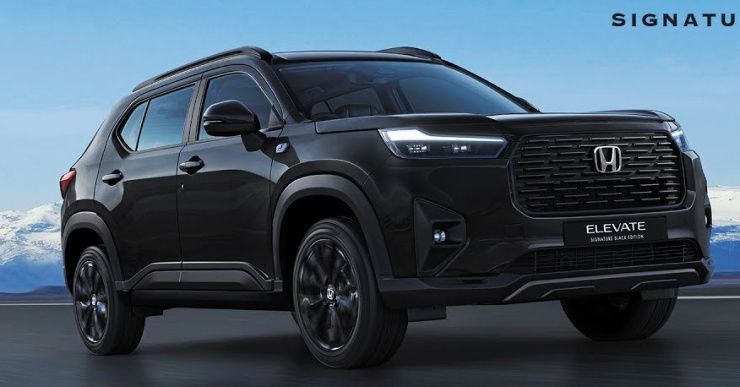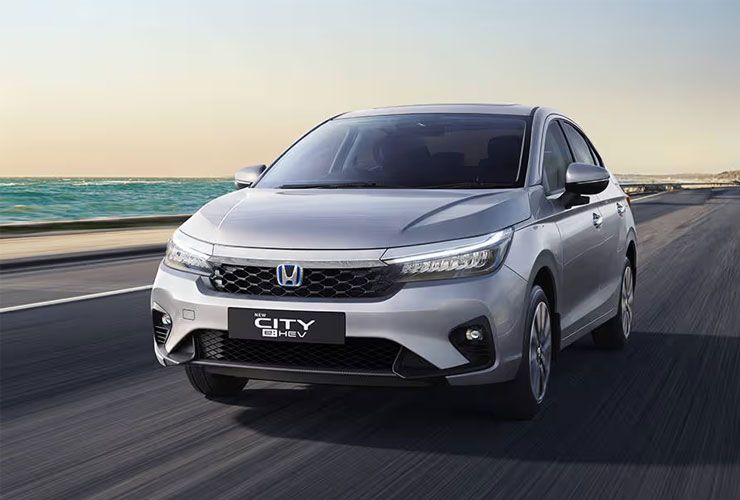Honda's Decline In India Continues, 26% Less Sales Compared To 2024


Honda sold 8,096 cars in September 2025, a 25.8 percent drop year on year. The brand sold 10,914 cars in September 2024. The fall comes in a month that usually gets a lift from higher footfalls and dealer activity. The scale of the decline suggests the problem is not a one month blip.

It lines up with the pattern seen across recent months, where rivals with fresher line-ups and sharper pricing have pulled ahead. The headline number is simple. Fewer Hondas went home in September 2025 than the same month last year, and the gap is large enough to demand a clear response from the company.

The City remains Honda’s best known badge, but sedans are losing share to compact and midsize SUVs. Buyers in this range want better visibility, more ground clearance, flexible cargo space, and a design that looks tougher on the road.
That shift has hurt the Amaze as well because many first time buyers are now starting straight with a compact SUV. Honda’s Elevate has not cracked the segment in the way leaders have. Showrooms see Creta, Grand Vitara, Seltos dominate shortlists.

These models offer multiple powertrain choices, long feature lists, and frequent edition updates that keep interest high. Honda’s current portfolio does not place a strong bet where the growth is strongest, which shows up in the monthly tallies. The result is simple math. If the fastest growing body style in the market is not covered with a compelling option, volumes slip.
Electrification now moves the needle on brand traffic and consideration. Tata Motors reported 9,191 EV units in September 2025, its best ever month for electric sales.
That gives sales teams a steady stream of new to brand shoppers who want to cut running costs. Honda does not sell an electric car in India today. The company has deep global experience with hybrids, but an affordable, locally relevant hybrid is missing in showrooms.
At a time when fuel prices keep buyers focused on efficiency, that gap matters. Families looking for lower ownership costs are comparing petrol only options with hybrids and EVs that promise savings over three to five years.
Without a strong entry in either of those pools, Honda is forced to compete largely on its petrol strengths. Smooth engines and comfortable cabins are good points to have, but they do not fully replace the pull that an EV or a high efficiency hybrid can create in 2025.
Policy changes have also reshaped the fight for share. The GST 2.0 revision cut tax on sub four metre vehicles from 28 percent to 18 percent. That unlocked price headroom in the most sensitive part of the market.
Brands that already had aggressive price ladders and wide variant spreads were able to pass on gains and sharpen value. Maruti Suzuki has kept its leadership position.
Tata Motors climbed to number two in monthly rankings. Honda did not see a clear share lift from the tax change because its primary volume drivers are not the ones best aligned to the new demand pockets. Equipment expectations have risen fast too.
Buyers now look for a large touch screen, seamless phone integration, six airbags, 360 camera, ADAS on higher trims, and connected features. Korean brands have set a high bar here, and domestic brands have improved quickly on quality and features.
Honda’s strengths in refinement and ride comfort remain, but these are now table stakes rather than headline hooks. Retail reach is another factor. Honda’s network was once a clear asset.
It now faces far denser coverage from the market leader and rapid expansion by challengers. In a value driven market, exchange bonuses, finance schemes, and variant wise discounts can swing walk ins into bookings.
Honda has taken a more conservative stance on discounting compared to rivals. In a month like September, when several brands stack offers, that stance reduces conversions at the margin.
The portfolio mix also limits cross shopping inside the same showroom. A wider SUV lineup would keep more prospects within the brand even if their first choice is not available.

The September print is a clear signal. Honda needs a product led fix supported by sharper pricing and stronger retail execution. The core steps are straightforward. Bring a competitive compact or midsize SUV with a long features list and strong safety kit.
Launch an accessible hybrid or a well priced EV with local content to manage costs. Tighten trim steps so that value is visible at each budget point. Add network depth in high growth cities and strengthen exchange and finance programs to improve throughput.
None of this requires Honda to change its engineering DNA. It requires faster cycles, tight localisation, and a focused launch calendar around the segments that are growing fastest. The numbers tell the story.
A 25.8 percent year on year drop to 8,096 units against 10,914 a year earlier shows the current plan is not enough. A clear SUV roadmap, a credible hybrid or EV entry, and competitive pricing can stabilise the brand’s chart in the coming months.